Hey, who said I was a one-trick pony? I’m talking about architecture now! And how can I not? Since arriving in Australia, the exterior appearance of the residential buildings have had me a little baffled, and I want to dive head-first into why.
Let’s get a little Australian history under our belts. Now, the country we know as Australia is fairly new, and by new, I mean post-colonial or shall we say… post-Britaindoingwhatitdoesbestandstealinglandfromothersandcallingittheirs. Yeah. That.
1770 was the year that Captain James Cook claimed the land for Great Britain (completely disregarding the near 750,000 indigenous inhabitants living here already may I add, but that’s a rant for another day) and 1788 was the year that the British Government sent out its first fleet of ships to establish a penal colony. From that year on, just 234 years ago, the country expanded with hundreds of thousands of people migrating from all over the world, but specifically Britain, China, North America and continental Europe.
To put those 234 years into comparison, Great Britain has been inhabited by modern humans for around 30,000 years. When you put it like that, Australia is a sparkling new Prada bag released a month ago, and Britain is that vintage clutch your Grandma has in the attic collecting dust.
So, can I really be surprised that your average suburban street down under is a patchwork quilt of about 70 different styles? It’s hardly had any time to establish its own distinct style! And before my fellow Aussie pals wrinkle their noses, I’m not the first to say it (*whispering* and I probably won’t be the last).
Writer Patrick Troy called out the inconsistency of the architectural flow in the country stating that ‘Australian housing styles tend to comingle and coexist awkwardly,’ and in The Australian Ugliness (1968), Robin Boyd elaborates on the randomness: ‘A modernistic folly in multi-coloured brickwork may sit next door to a Georgian mansionette on one side and a sensible work of architectural exploration on the other.’
Look, I’m not here to hate. Because Australian architecture has led me to the discovery of something that I had never seen in such abundance before, and I adore it…
The FILIGREE!
No, I didn’t just sneeze. That is the name of a beautiful architectural component of many residential houses in Australia.
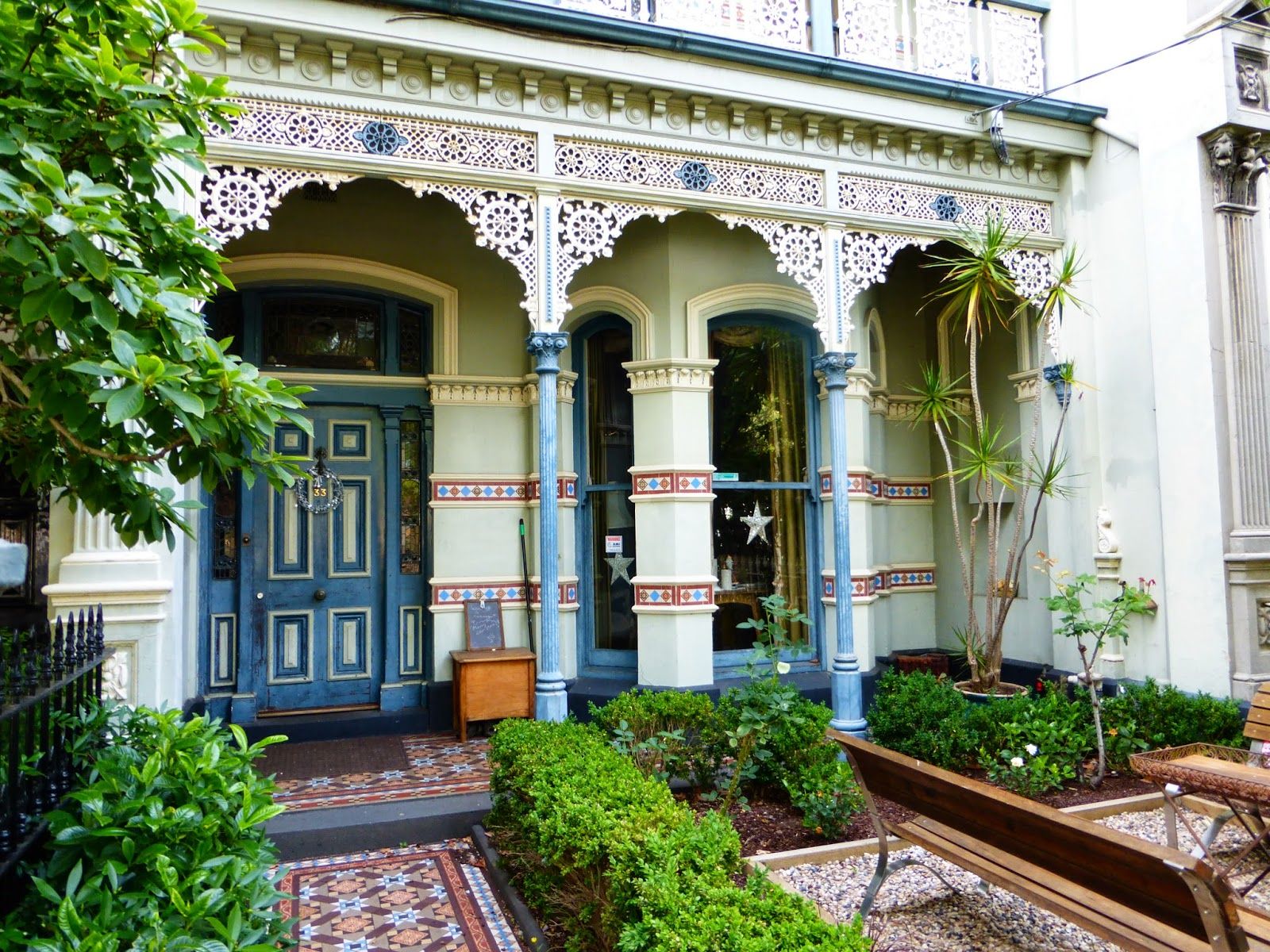
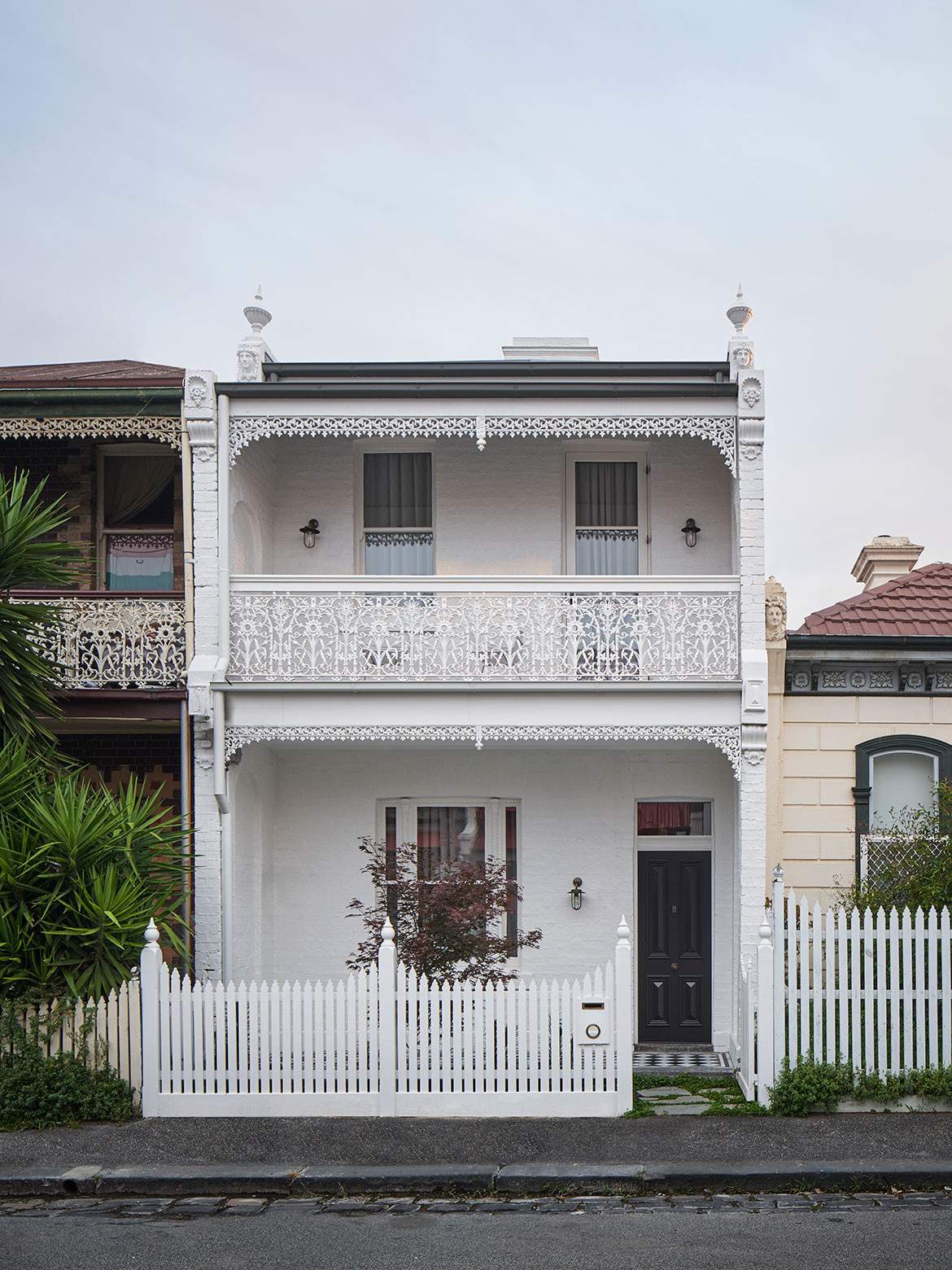
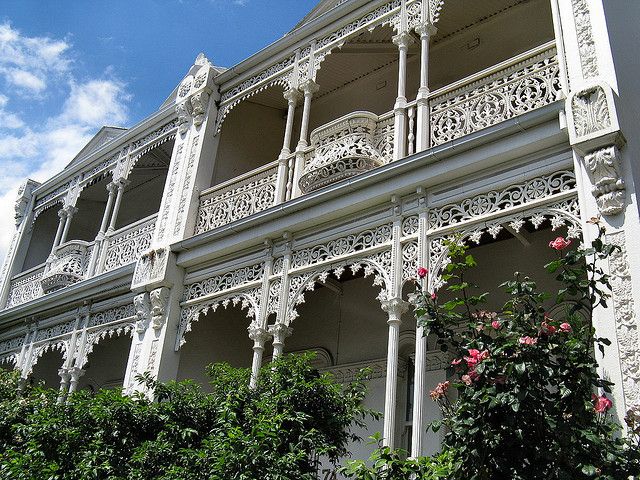
Do you see that? What makes it so different to British houses? That stunning, STUNNING, lacework. That is filigree. The verandahs are pretty uncommon in the UK too, but that isn’t the point.
I can’t get over how such a small, delicate feature can change the entire aesthetic of a building. Just imagine if those houses didn’t have the filigree work on them! Boring, plain, trivial. And the pure talent to create such accurate symmetry and crispness amongst the patterns, with such a heavy, stubborn material.
The 1940s saw Australia continue to flourish, inundated with prosperity, success… and a lot of cast-iron. This style is known as Victorian Filigree, or ‘iron-lace’ and it was a good way for the nation to show off its wealth, as well as decorate their much-needed balconies that were needed due to the climate. And the style has most definitely stuck around, it’s all I see!
Many homes with this feature are considered examples of Italianate architecture, but the truth is, houses across Australia are so varied in their styles: from Old Colonial Regency Style and Victorian Free Gothic to Californian Bungalow or Pavilion style. The list is endless and confusing, but keeping me very entertained in my travels around the country so far.
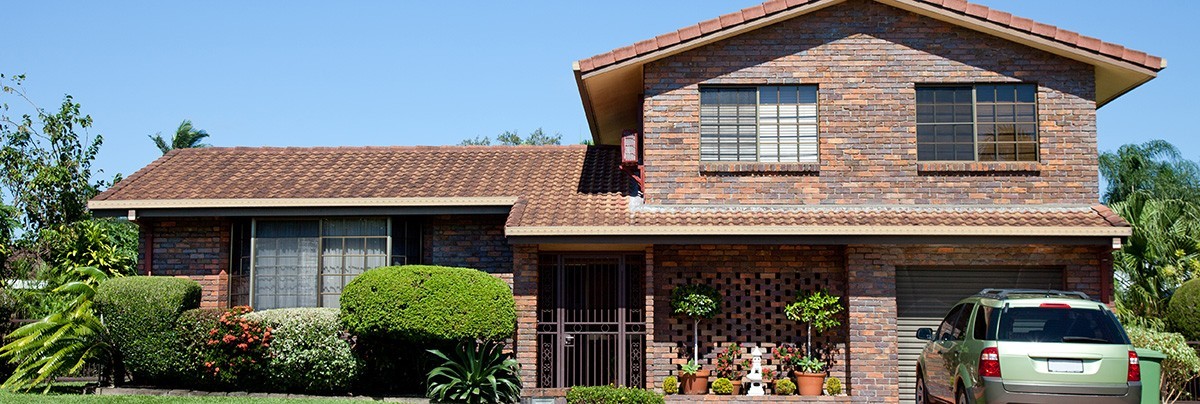
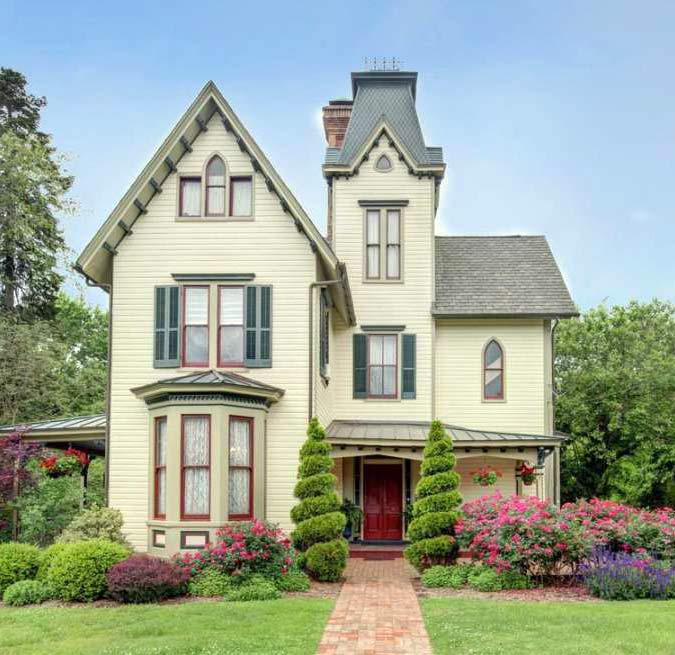
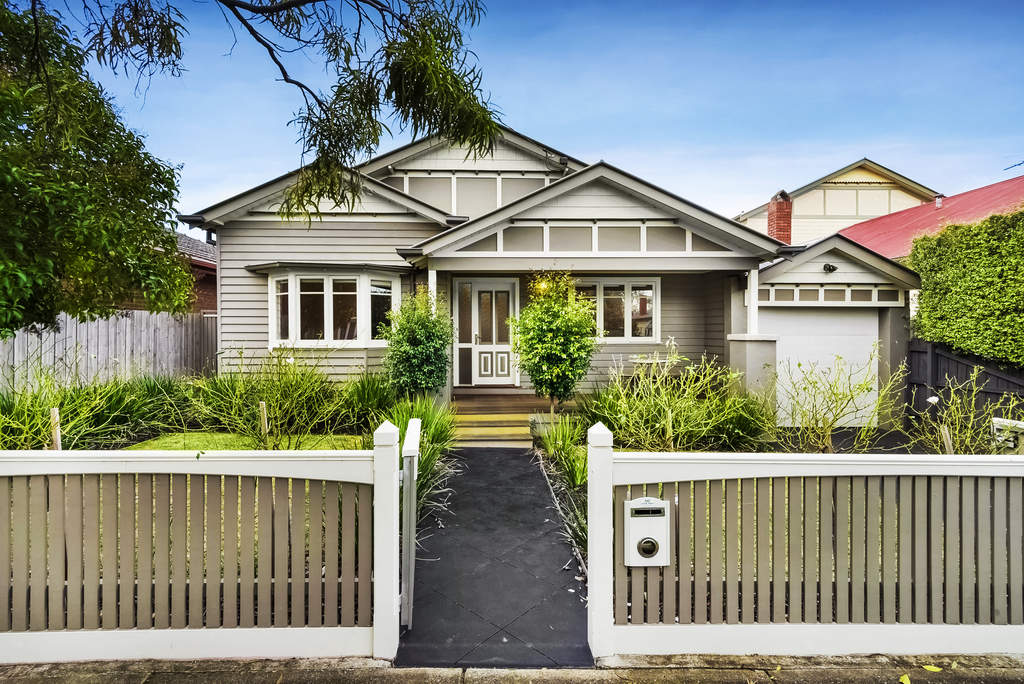
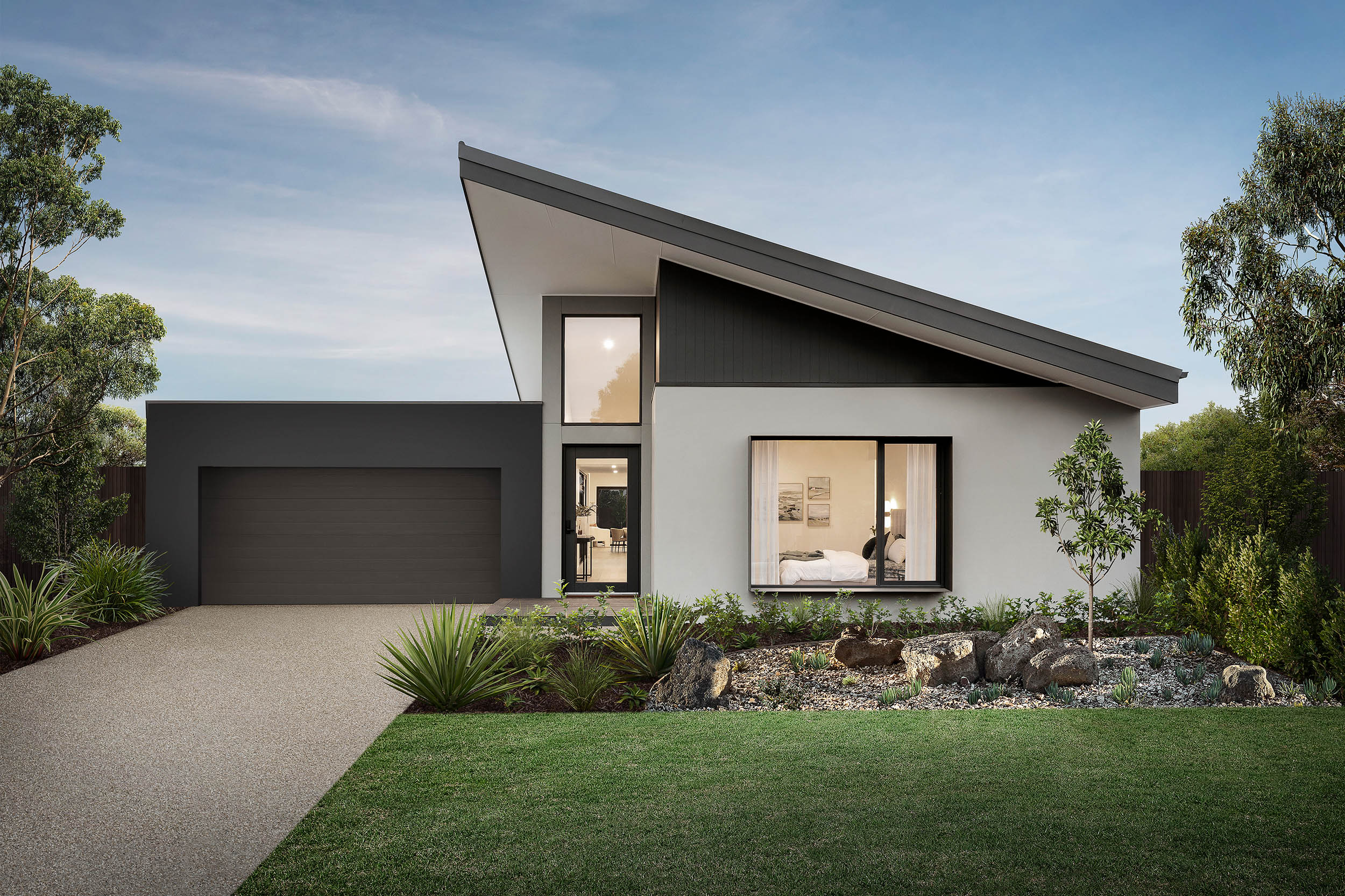
Okay! So there you go, if you didn’t know what filigree work is, now you do, and hopefully you appreciate it as much as I do! In the meantime, I’ll be convincing my mother to buy some cast-iron…


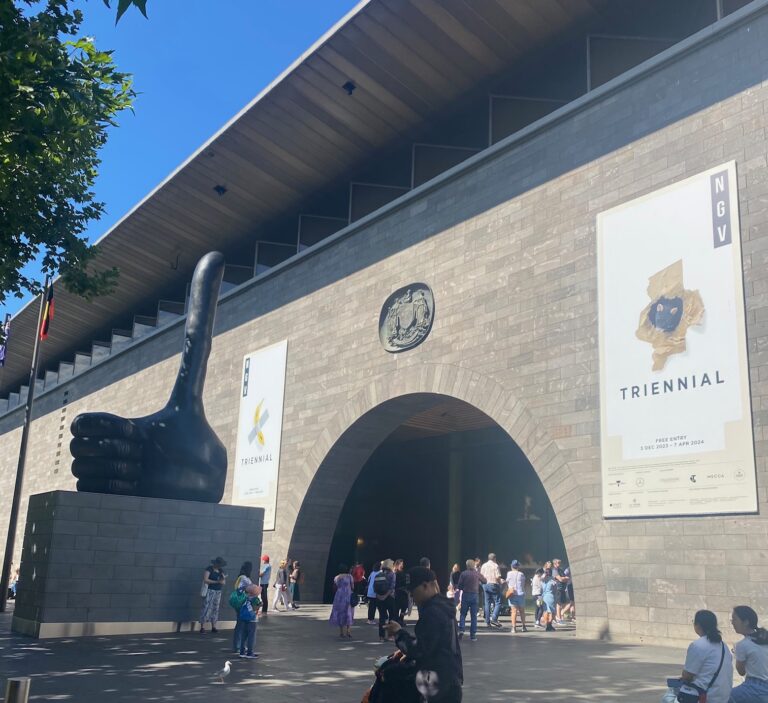

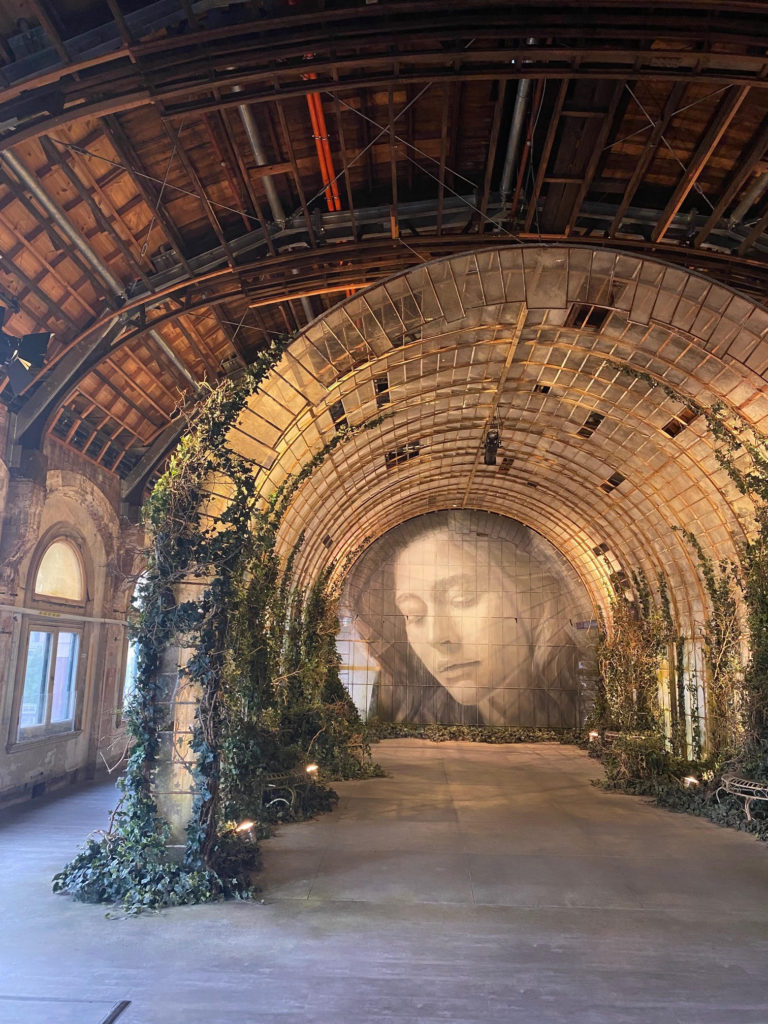



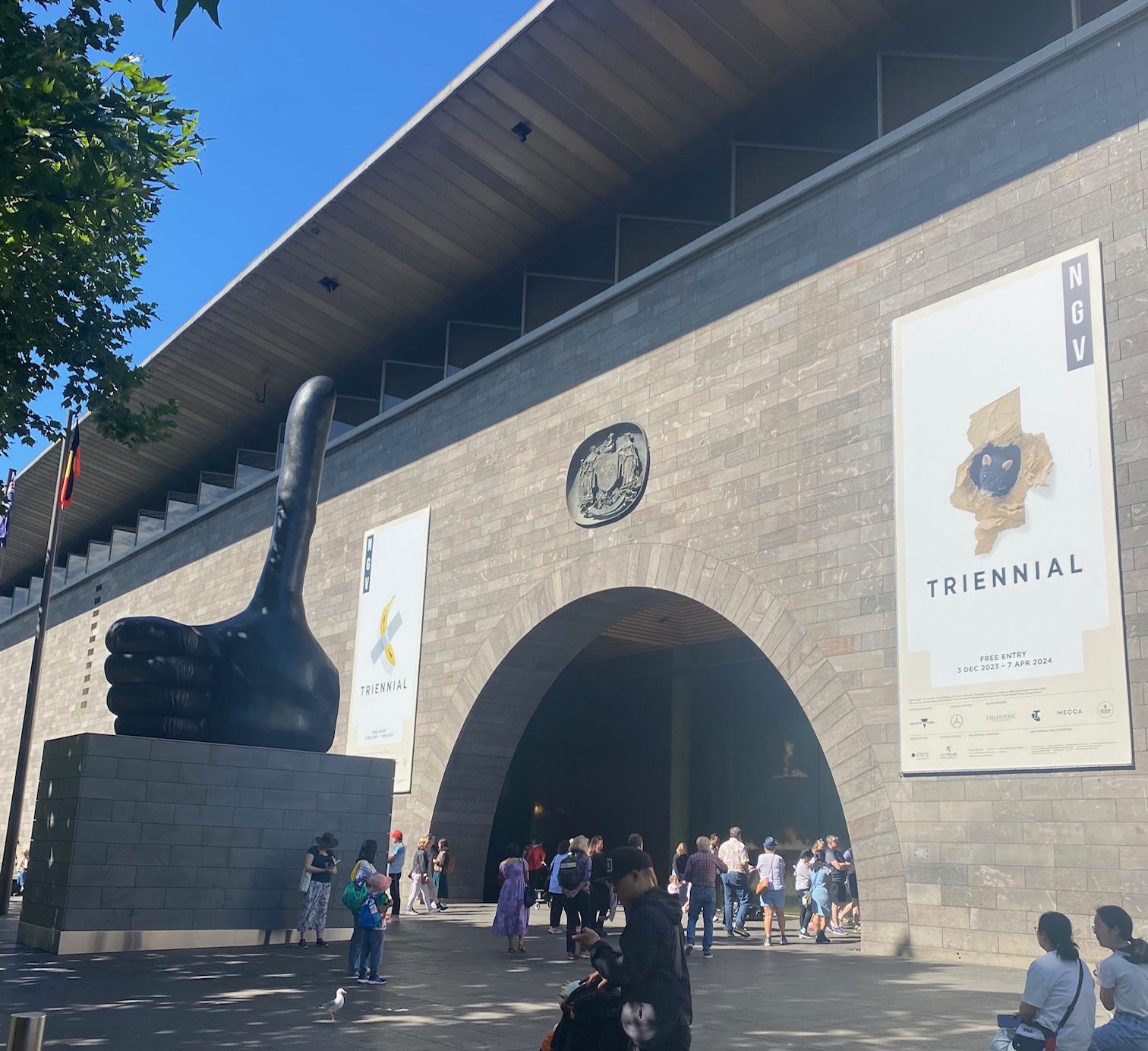


![Eeek! I know I’m probably supposed to remain super professional (whatever that means) and all cool and chill about these things but I’m SO excited to share Totality, the second exhibition I’ve worked on but the first show I am solo curating! Exhibiting 3 incredible artists, Elina Yumasheva, Aiming Wang and Kelvin Wong, we want to show you that it IS possible to create fabulous temporary exhibitions in the most sustainable, eco-friendly ways through three very different types of visual practice, and exhibition-making by recognising how truly interconnected we are with the natural environments that surround us.
You can catch us for one day, and one day only next Tuesday (12th) from 10am-5pm, where we will all be present to engage in some thoughtful, considerate (and fun!) conversations around this topic outside of the Studio Building at Battersea Campus 🤍🌿🌎
[Poster made by yours truly]](https://www.confessionsofanartjunkie.com/wp-content/plugins/instagram-feed/img/placeholder.png)